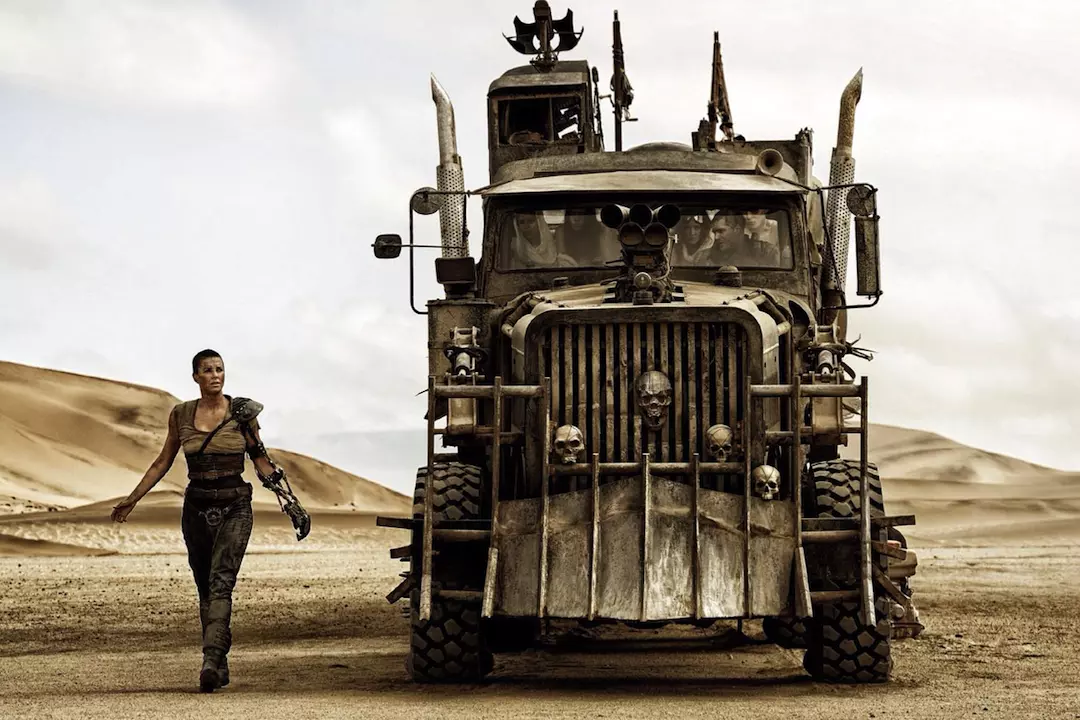
But more importantly, Fury Road absolutely deserved to be nominated in the performance categories, and for Screenplay. There are two injustices here: One, the technical categories are the things that make cinema cinema, and they should ideally be the most important awards in any Oscars show. (Those went to Spotlight and The Revenant, respectively.) Most of its nominations came in those categories we sometimes dismissively call “technical” ones, and which the Academy is always trying to cut from the show. (Of course, it flopped and almost took Universal down with it.) Over and over again, Miller has proved himself one of the world’s great artists, but it wasn’t until Fury Road that he seemed to become a household name.įury Road was nominated for ten Oscars in 2016 (including Best Picture) and it went on to win six of them, though it missed out on the big prizes of Picture and Director. His talking-pig sequel Babe: Pig in the City was the rare children’s film that connected to the dark, twisted, nightmarish traditions of classic children’s literature. The Road Warrior (the second entry in the Mad Max series) offered an electrifying blend of the perverse, the mythic, and the visceral. His medical drama Lorenzo’s Oil, which remains his masterpiece, turned a young boy’s terrifying diagnosis and his family’s grief and gathering determination into an Expressionist symphony.

Miller has always excelled at this kind of high operatic style.

The over-the-top aesthetic - the death-defying stunts, the baroque camera moves, the thundering music, the rhythmic, rapid-fire editing - matches the desperation of the characters. Fury Road isn’t afraid to be hysterical or to look ridiculous. These elements speak not just to the apocalyptic imagination but also to our dreams of a better world, with a kind of wild-eyed, shamanistic urgency. The characters’ haunting glances, the grand gestures of both the people onscreen and the cameras swirling around them, the downright Melvillean dialogue.
Mad max fury roadmovie n youtube movie#
It is certainly one of the greatest action movies of all time, as well as one of the most compelling postapocalyptic visions ever put on film, continuing and escalating the vivid catastrophizing that director Miller kicked off with his first entry in the series back in 1979.īut what makes it such a perfect movie for our troubled times - even though our current housebound dystopia is a far cry from the endless, rolling exterior expanses of Miller’s vision - has nothing to do with calamity, but with poetry. Why Fury Road? Of course, on some level, it makes perfect sense. (To read last week’s terrific livetweeting of Some Like It Hot by my brilliant colleague Angelica Jade Bastién, go here.)

ET, I’ll be livetweeting George Miller’s Oscar-winning, generation-defining Mad Max: Fury Road, as part of Vulture’s Friday Night Movie series. Head to Vulture’s Twitter to catch his live commentary, and look ahead at next’s week movie here.

This week’s selection comes from our film critic Bilge Ebiri, who will begin his screening of Mad Max: Fury Road on March 27 at 7 p.m. Photo: Village Roadshow/Kobal/ShutterstockĮvery week for the foreseeable future, Vulture will be selecting one film to watch as part of our new Friday Night Movie Club. But the reason has less to do with calamity, and more with poetry. It’s one of the most compelling postapocalyptic visions ever put on film.


 0 kommentar(er)
0 kommentar(er)
